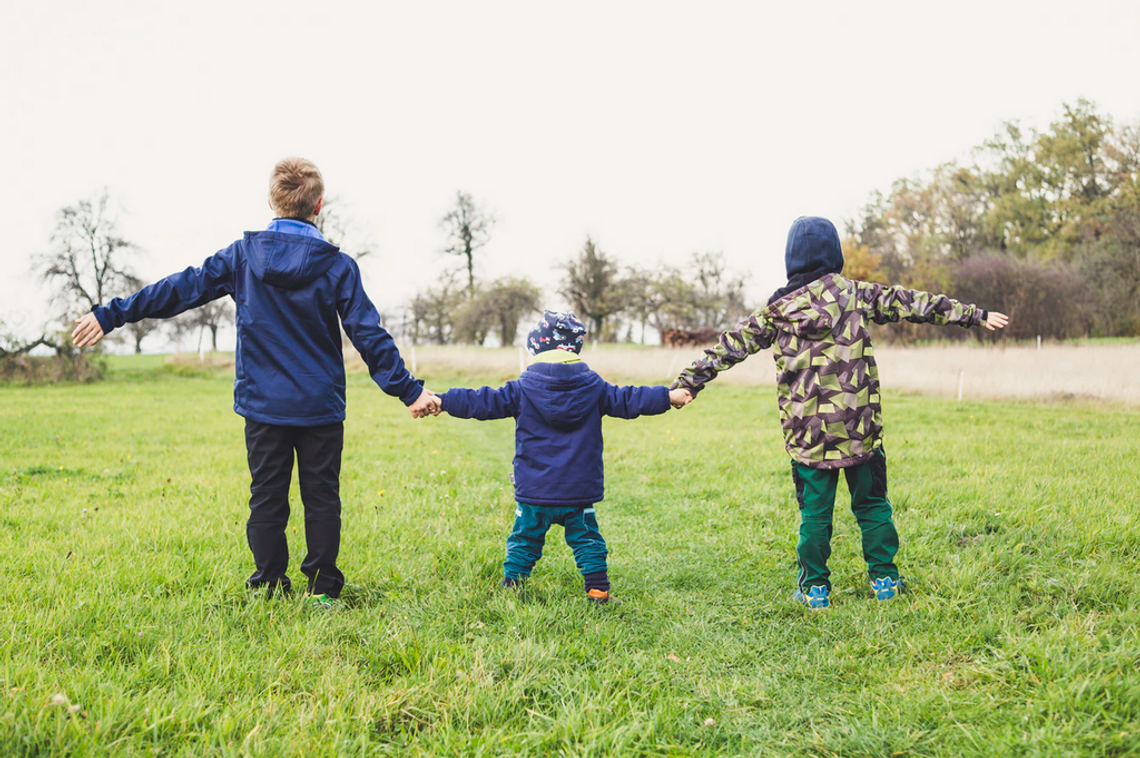- Hope is a way of thinking. Hope-centered thinking involves setting goals, finding pathways around obstacles, and finding the willpower to pursue the goals.
- Imagination is the instrument of hope. Imagining oneself pursuing a goal, such as attending college, moves one toward attaining the goal. Touring a college campus strengthens one’s ability to imagine what it would be like to be a student there.
- Hope is not wishful thinking. Again, hope takes the idea beyond wishing by setting goals, finding pathways and maintaining willpower.
- Hope begets hope. It’s a velcro approach. When hope rises, it pulls other positive changes along with it.
- Hope is a social gift. Mentoring programs nurture hope.
- Hope can be taught.
Children need to be told that they matter, psychologist says
- 01/29/2021 07:06 PM (update 08/10/2023 02:52 AM)

Children need to know that they matter and that they are worthy, says a psychologist whose hope-centered training could change the thinking of those responsible for safeguarding the well-being of children.
“If you want to nurture hope in a child, focus on communicating to that child that they matter,” Dr. Chan Hellman told a virtual training audience of more than 150 people on Jan. 26.
Hellman spent Jan. 26 and 27 in Jackson training people from more than 0 agencies and entities to be “hope navigators” to begin work toward building a culture of hope. Participants included judges and staff, social workers, educators, health and mental health practitioners, advocates for children and members of the faith-based community.
“We should speak hope,” said Justice Dawn Beam of Sumrall, co-chair of the Commission on Children’s Justice. Speak encouraging words, not negatives. For example: “ ‘I am working towards my best self.’ ”
So what is hope? Hellman says, “ Hope is the belief that your future will be better than today, and you have the power to make it so.”
It’s not sprinkles, rainbows and unicorns.
Six principles are at work here:

Comment
Comments